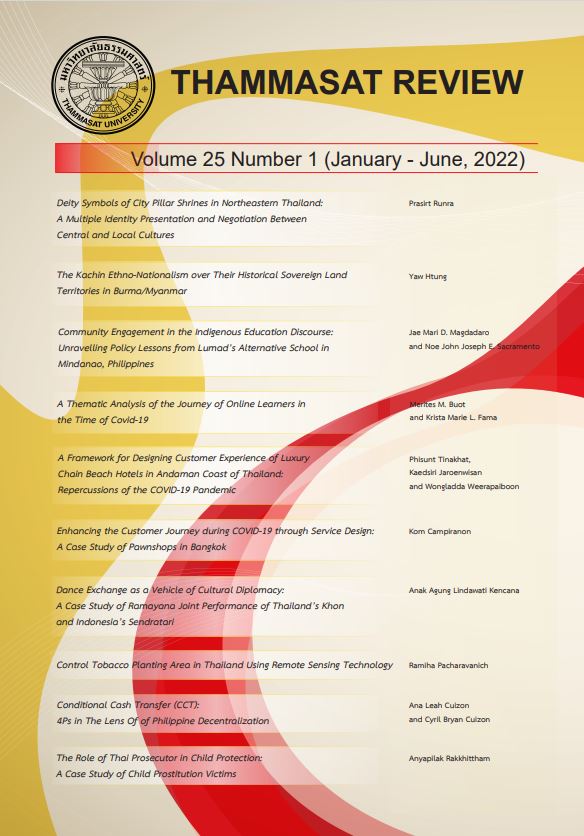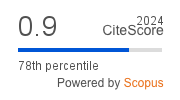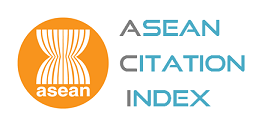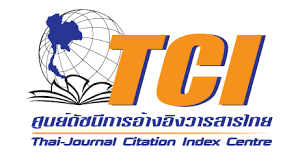Control of Tobacco Planting Areas in Thailand Using Remote Sensing Technology
Keywords:
Remote Sensing, Tobacco planting area, Tobacco production control, Combined pixel-based object-based classificationsAbstract
This paper reports the results of a remote sensing project conducted in Thailand. The purpose of this study was to identify and assess tobacco planting areas to support the Thai government’s efforts related to tobacco cultivation control and management. The study areas included 13 provinces and represented 94% of tobacco planting areas in Thailand. The remote sensing application was based on the combined pixel-based and object-based classifications approach and was conducted using Thaichote satellite imagery. A field survey was also conducted in 3 test areas to validate the overall accuracy of the combined classification method. The findings indicated that tobacco cultivation and distribution were identified accurately using remote sensing based on a combined pixel-based and object-based classifications method at the highest accuracy level of 95% with significant agreement based on the kappa coefficient of .832 at 99% confidence level. The tobacco planting areas identified in this study were 35% larger than the registered areas recorded by the Excise Department. Farmers revealed that generally they cultivated 20%-30% more tobacco than they reported in order to secure the next year’s quota in case the tobacco yield was less than expected. The difference reduced the tax revenue that the Excise Department should receive. The tobacco products produced from illegal cultivation were not inspected for quality control. This is likely harmful to consumers. The remote sensing application can provide the necessary precise information of the tobacco planting areas. This would support the Thai government to improve tobacco production control and management and increase their revenue.
Downloads
Published
How to Cite
Issue
Section
License
Copyright (c) 2022 Thammasat Review

This work is licensed under a Creative Commons Attribution-NonCommercial-NoDerivatives 4.0 International License.
The opinions and ideas expressed in all submissions published in Thammasat Review are solely that of the author(s) and do not necessarily reflect that of the editors or the editorial board.
The copyright of all articles including all written content and illustrations belong to Thammasat Review. Any individuals or organisation wishing to publish, reproduce and distribute a particular manuscript must seek permission from the journal first.








